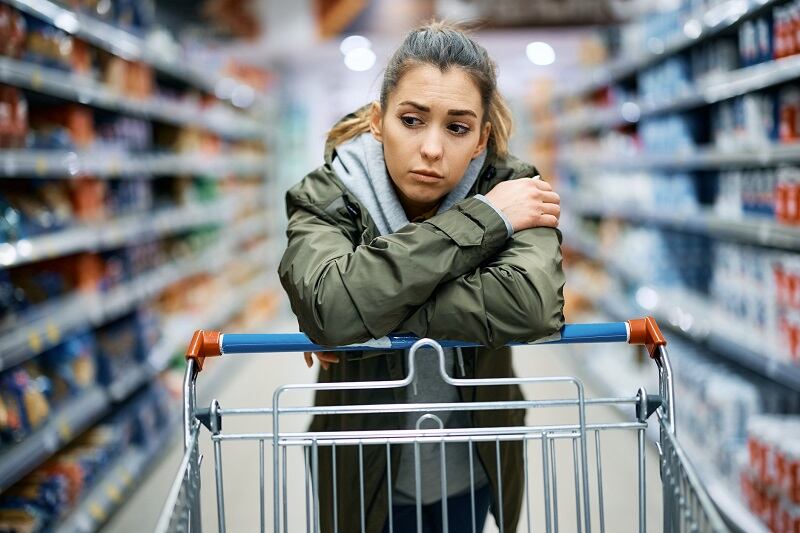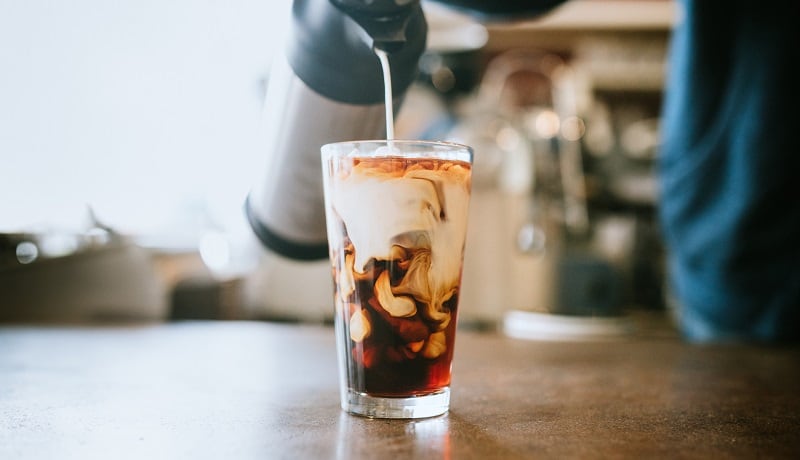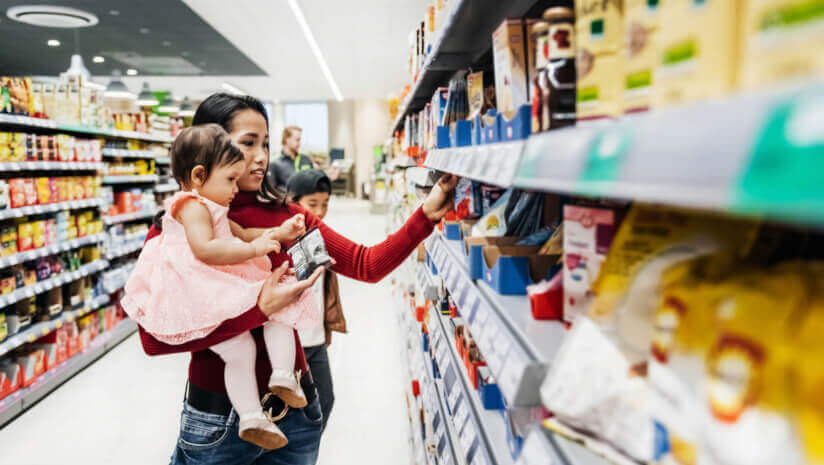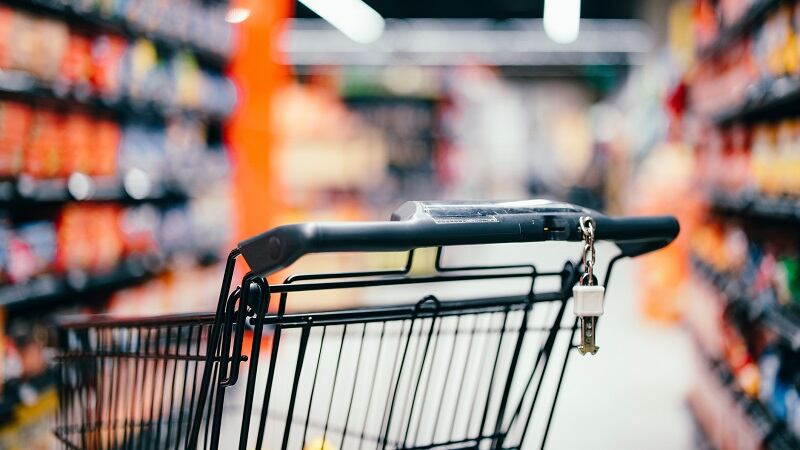Consumer appetite for private-label products remains strong amid continued concerns about high food prices and a worsening economy.
The Conference Board Consumer Confidence Index – a measure of US economic confidence – dipped 7 points in February, which was “the largest monthly decline since August 2021,” Stephanie Guichard, senior economist of global indicators at The Conference Board, said in a statement dated Feb. 25. Concerns on the impact of tariffs and record-high egg prices are damping US consumers' outlook on the economy, she added.
Purchasing private label products often becomes a crucial cost-saving strategy amid challenging economic times as private label products often cost less than their name brand alternatives.
More than a quarter (27%) of consumers said switching to private label was important to their cost-saving strategy, ahead of using loyalty points, focusing on the essentials or shopping online for better deals, according to NielsenIQ’s 2024 Consumer Outlook report.
The average consumer bought private label products across 72 categories in 2024, compared to 65 categories in 2022, according to Circana data shared in a recent webinar.
Additionally, more than a quarter (28%) of name brand loyalists and 26% of private label loyalists – those who primarily bought each product type – tried a new private label product in the past three months, according to a Circana receipt panel fielded in December.
Private label demand grows
These behavior shifts are growing private label, while major retailers are refreshing their brands, explained Sally Lyons Wyatt, global EVP and chief advisor of consumer goods and foodservice insights at Circana.
“Walmart launched a new sports drink line. It is going head to head with Gatorade, after heavy price increases,” Wyatt elaborated. “Target launched Favorite Day soda, capitalizing on premium and better-for-you soda trends.”
Retailers also are adding new products to more categories across the grocery store. For instance, chocolate candy, sports drinks, carbonated soft drinks and salt snacks grew units by 0.8, 0.5, 0.3 and 0.3 percentage points, respectively for the year ending Dec. 24, according to Circana data.
Additionally, private label meats and seafood, bakery items, and center-of-store foods and beverages grew the most in value share for the year ending Nov. 30 compared to a year ago, growing 1.2, 1, and 0.6 percentage points, respectively, according to Circana.
US private label lags European countries
Currently, the US private label market accounts for 23% of the total food and beverage value share, compared to 41% and 39% for France, Germany, Italy, Netherlands, Spain and the UK combined and Australia.
However, the US private label food and beverage market is gaining ground on national brands, growing volumes by 1.3 percentage points from 2020-2024, according to Circana data.
“Product labels have become quite firmly established in the global CPG markets, and we have seen significant growth because of significant and consistent investment that retailers are making,” elaborated.
Additionally, the private label market is expected to grow further, applying pressure to name-brand CPG brands to maintain their market share, Wyatt explained. The US private market is projected to grow between 25-30% market share of the total food and beverage market in the next years, according to Rabobank research.
“There is approximately 18% of CPG unit sales in each region that is vulnerable for additional gains from private labels. Among the top three vulnerable categories are things like everyday staples foods in the US and Europe,” Wyatt noted.





